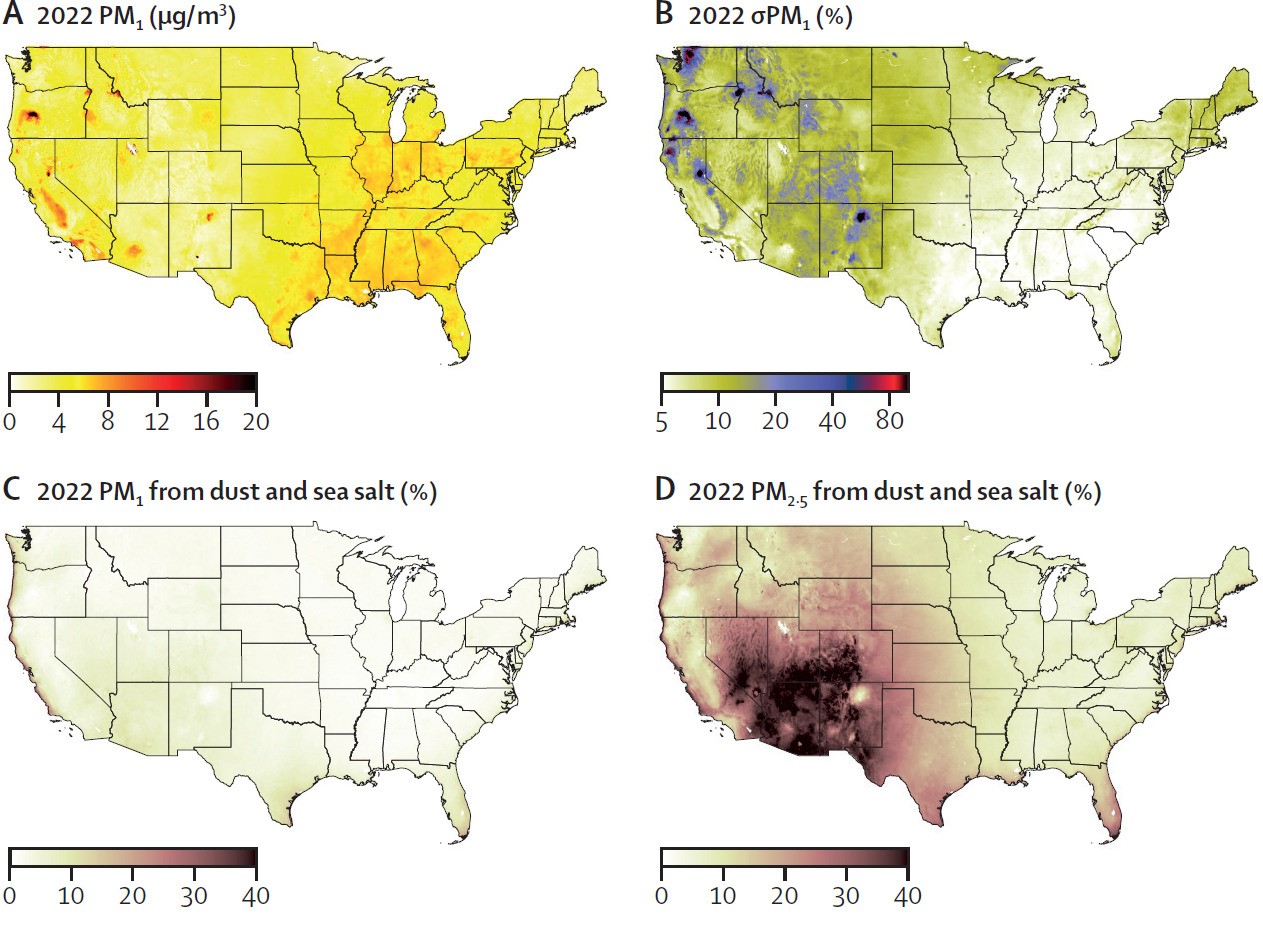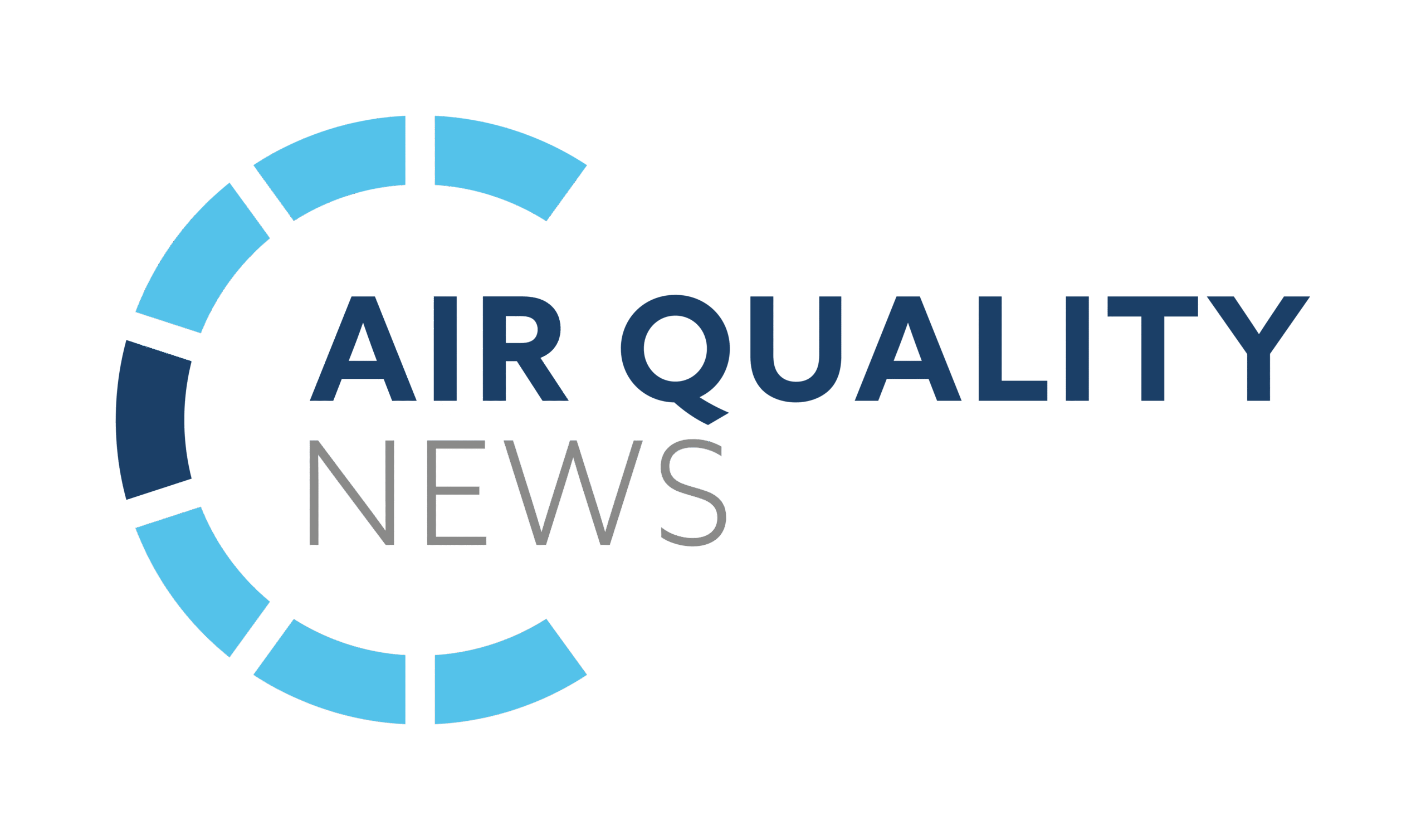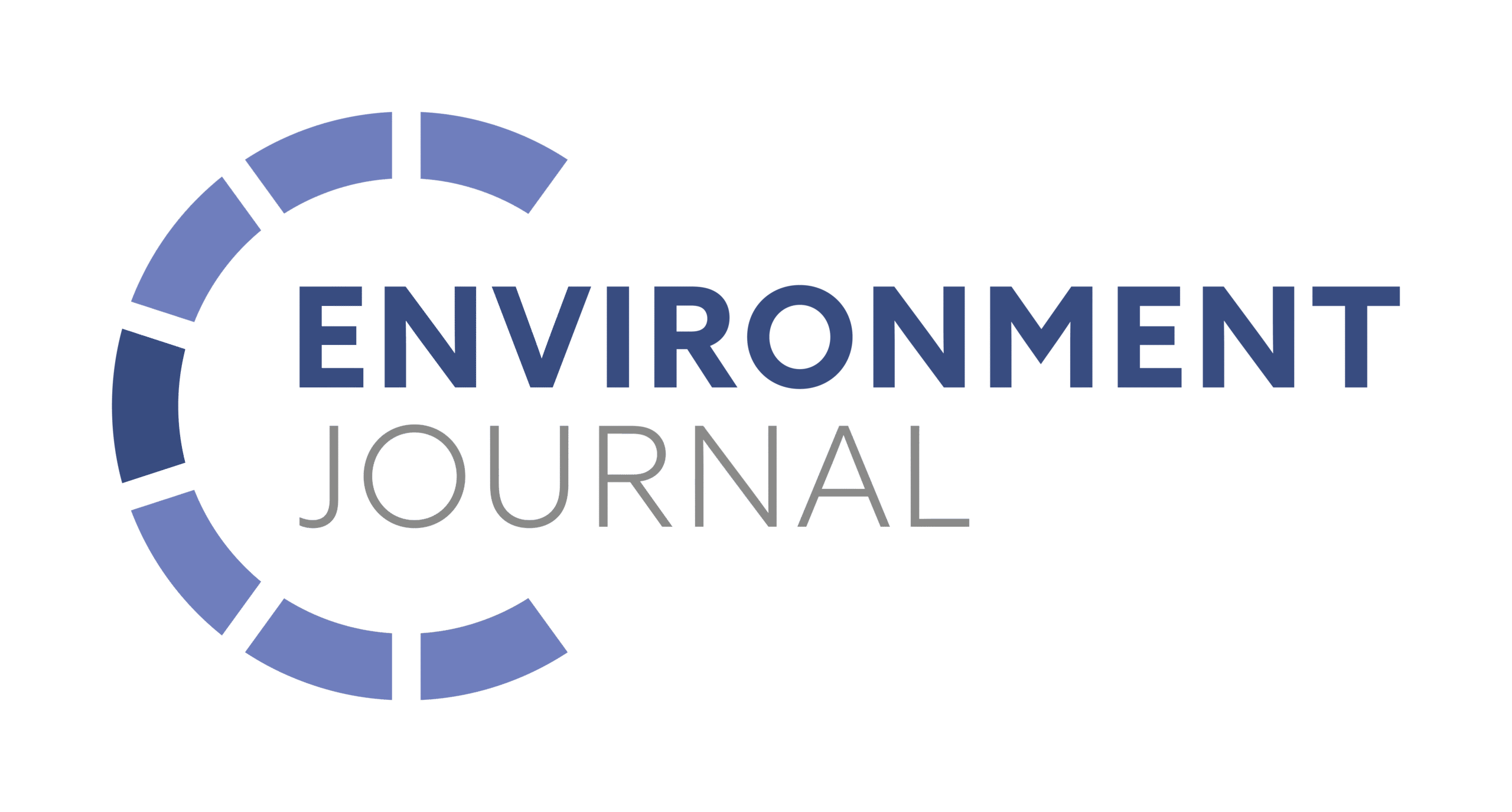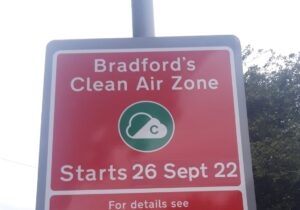Researchers at Washington University in St. Louis have created the first detailed, long-term map of PM1 air pollution across the United States, covering a 25 year period from 1998 to 2022.
While people are enthusiastically monitoring PM2.5 levels the world over, PM1 – which arguably poses a greater health – is less commonly studied.

Jay Turner, the James McKelvey Professor of Engineering Education and co-author on the study explained: ‘When EPA first promulgated a fine PM air quality standard in 1997, there was considerable discussion about regulating PM 1 or PM2.5.
‘For numerous reasons, including but not limited to the lack of health impacts studies for PM 1 compared to studies for PM 2.5, the latter was chosen. This study provides a comprehensive, nationwide dataset to examine PM1 impacts on health.’
The researchers estimated PM1 levels using existing data on PM2.5 and its components, combined with known ratios of PM1 within PM2.5
They found that PM1 levels were higher in the eastern U.S., cities, industrial areas, and places hit by wildfires. In contrast, cleaner air was seen in drier parts of the western U.S.
In 2022, nearly half of these tiny particles came from organic matter, such as smoke from fires or car exhaust, with the rest made up of other common pollutants like sulphates and black carbon.
The team created detailed, regularly updated maps of PM1 levels across the country and found that their estimates closely matched ground measurements. They also calculated the uncertainty – or possible error – in their data. For most of the U.S., their data was highly reliable, though some wildfire-affected areas had greater uncertainty.
Over time, PM1 pollution was seen to fall significantly. From 1998 to 2022, the average exposure to PM1 across the population fell by about 0.23µg/m³ each year. This decrease accounts for most of the improvement in overall air quality related to PM2.5, showing that efforts to reduce pollution from cars, industry, and power plants have made a big difference, although increased wildfire activity since 2010 has impeded this process.
It was also found that the relative share of PM1 in total air pollution has fallen, highlighting a shift toward larger particles like dust and sea salt – pollutants less affected by human activity and harder to control. These findings suggest that health studies and regulations should increasingly focus on PM1 separately from PM2.5.
Randall Martin, the Raymond R. Tucker Distinguished Professor of energy, environmental and chemical engineering in the McKelvey School of Engineering said: ‘This measurement serves as a starting point to understand which pollutants regulators could target to make the most effective health impact.
‘This dataset offers unprecedented information for the United States about an important pollutant for which few other measurements exist.’
















Leave a Reply